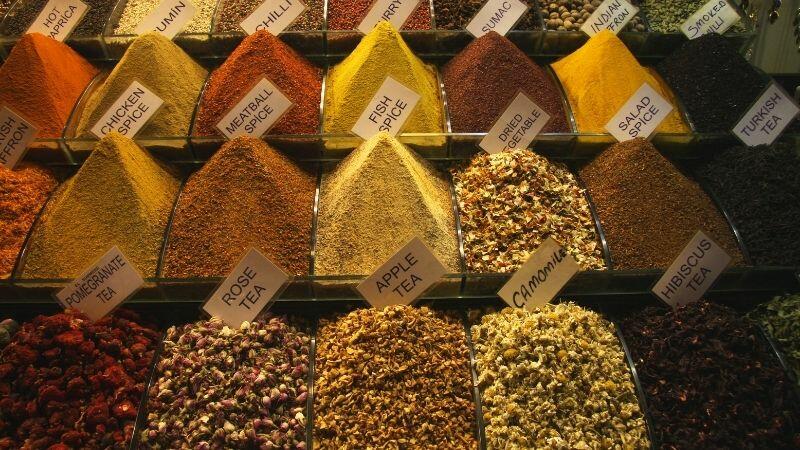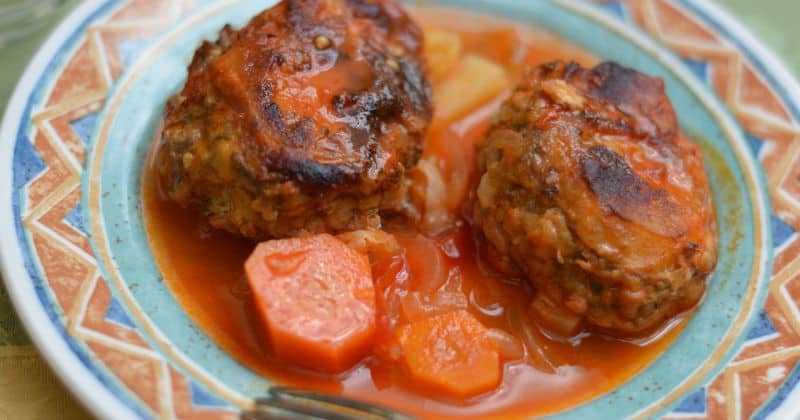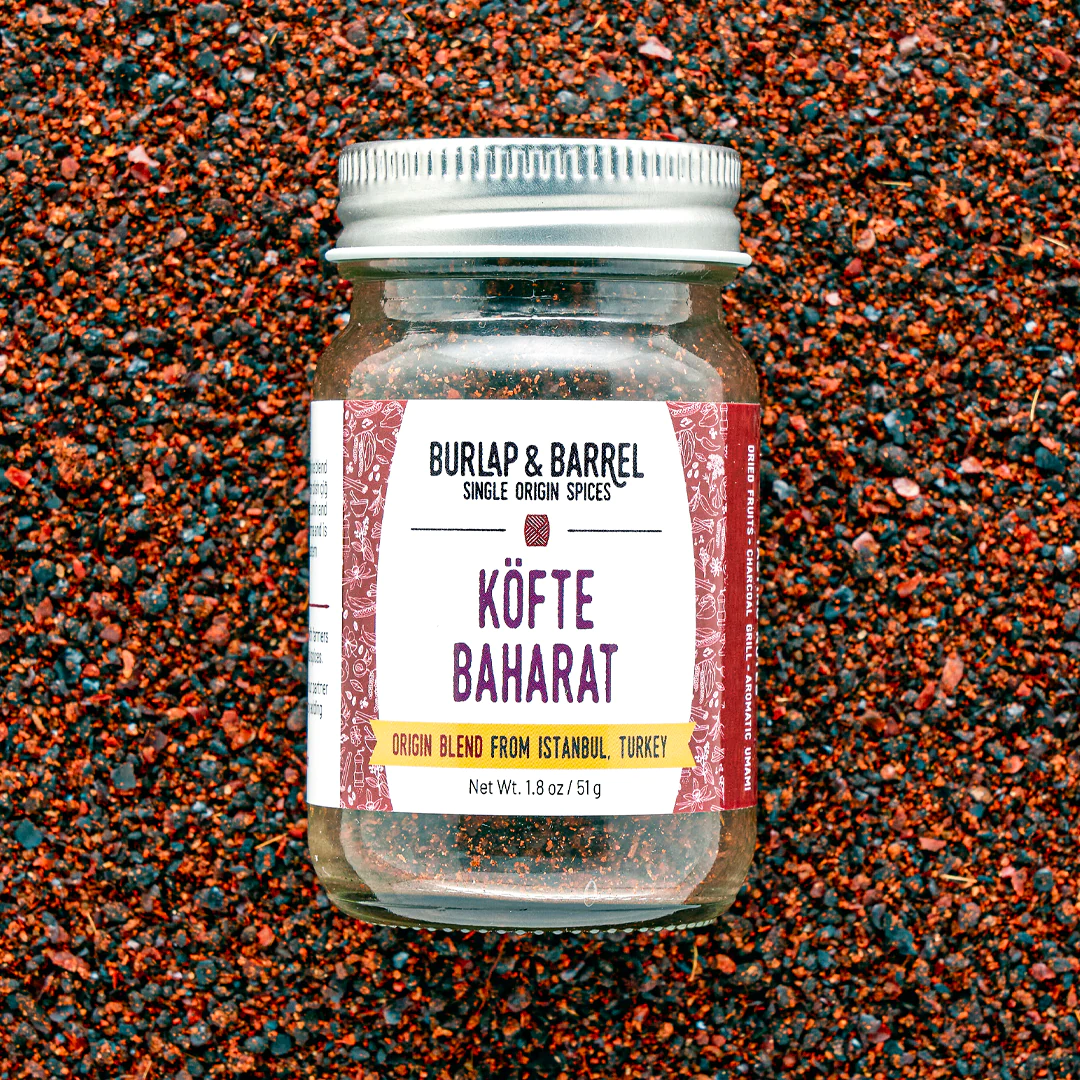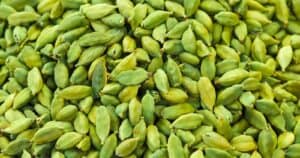If you’re serious about cooking, you must get familiar with baharat. This wonderfully versatile Middle Eastern
This guide breaks down everything from what baharat is made of, tips on using it in cooking and storing the blend, and some much-needed inspiration for incorporating them into recipes.
Considering all this, you should be ready to turn any dish up a notch with some carefully-placed dash of aromatic baharat!
Understanding Baharat: A Versatile Middle Eastern Spice Blend

Baharat is a Middle Eastern
Baharat is also popular in North Africa, known as “ras el hanout.” The exact ingredients of Baharat vary from household to household but most often include black pepper, paprika, cumin, coriander, cardamom, cloves, nutmeg, and cinnamon.
This versatile blend of spices adds a unique flavor to any dish. It has a deep smoky flavor with hints of sweetness and heat that can be adjusted by adding more or less certain spices.
For example, if you want your dish to have an extra kick of heat, add more paprika or black pepper; if you want something sweeter, add more cinnamon or cardamom. You can also mix in other herbs like oregano for added depth of flavor.
Baharat is easy to make at home using common spices in your pantry. All you need are the correct proportions of each ingredient and some patience while correctly measuring each one!
You can use this
Baharat In Popular Dishes

Apart from being delicious, Sumac has strong anti-inflammatory properties and is packed with antioxidants. It also contains many essential vitamins and minerals that can boost your health.
In Eastern Mediterranean, cooking Baharat seasoning is a staple ingredient. The blend varies by region – even household – but contains the same core spices: black pepper, paprika, cinnamon, cloves, coriander, cumin, and cardamom. Adding nutmeg or dried rose petals will give Baharat its signature smoky sweetness.
Baharat can add flavor to soups or stews and grilled meats or vegetables. You can also use it in marinades or rubs for added depth of flavor in your dishes.
Some of the best Baharat recipes include Mafrum (a deep-fried eggplant dish), Fried Cauliflower With Pickled Raisins (a vegan dish), and Aruk (a savory rice dish). With its unique combination of spices and health benefits, it’s no wonder why this
Using Baharat In Cooking: Tips And Techniques
- Roast whole spices to release their oils and enhance their fragrance
- Grind the roasted spices into a fine powder to create a homemade baharat blend.
- Mix the baharat blend into the meat before cooking to enhance the flavors.
- Use small amounts to avoid overpowering the dish.
- Use baharat to add depth to vegetarian dishes: Baharat is a great way to add depth and complexity to vegetarian dishes such as roasted vegetables, lentil stews, or chickpea curries. Its rich flavor profile can complement and elevate the flavors of these dishes.
- Pair baharat with acidic ingredients: Baharat’s warm, fragrant spices work well with acidic ingredients like tomatoes, citrus fruits, or vinegar. Use it in dishes with a touch of acid to balance the flavors and add complexity.
- Combine baharat with other spices: Baharat can be combined with other herbs to create unique flavor profiles. Mix it with cumin, coriander, or paprika for a unique blend of flavors.
- Use baharat to season rice dishes: Add a tablespoon or two of baharat to your rice dish for a quick and easy way to add flavor. It works particularly well with pilafs, biryanis, or plain boiled rice.
Baharat Substitutes
Here are some substitute options for baharat:
Ras el hanout
This North African
Garam masala
This is an Indian
Allspice
Allspice is a single
Remember that these substitutes may have a slightly different flavor profile than baharat, so it’s important to adjust quantities based on taste preferences and flavor intensity when using them in your recipes.
Where to Buy Baharat?
Baharat is often found in specialty Middle Eastern grocery stores or






